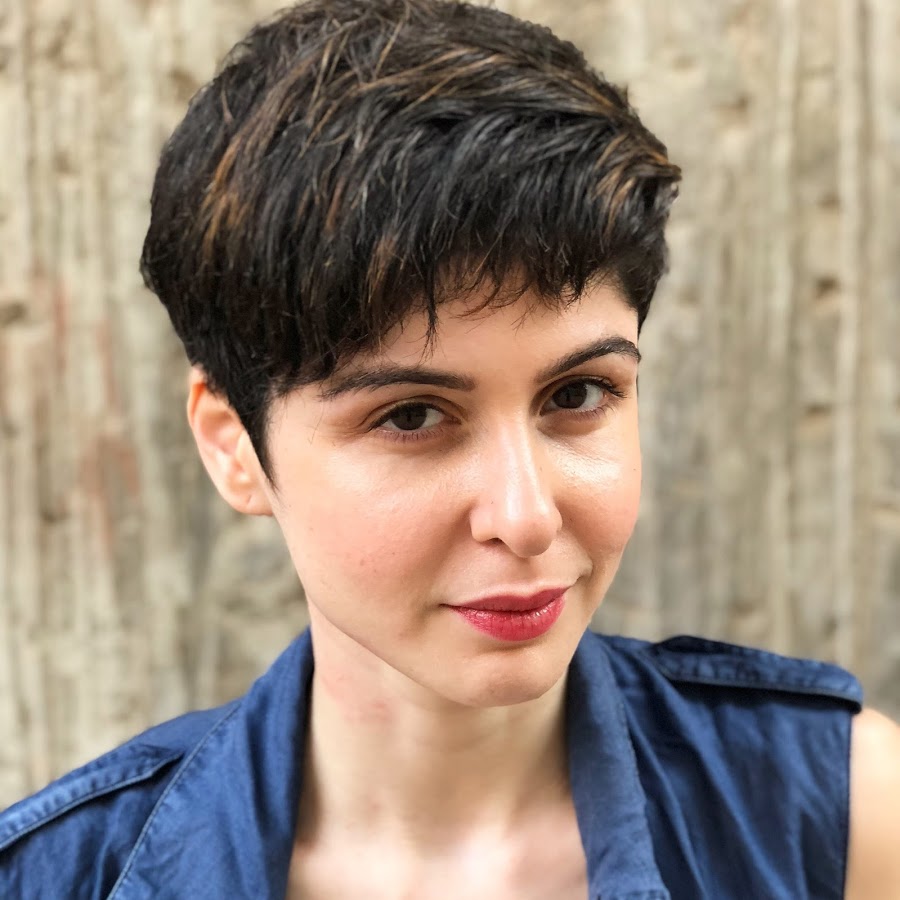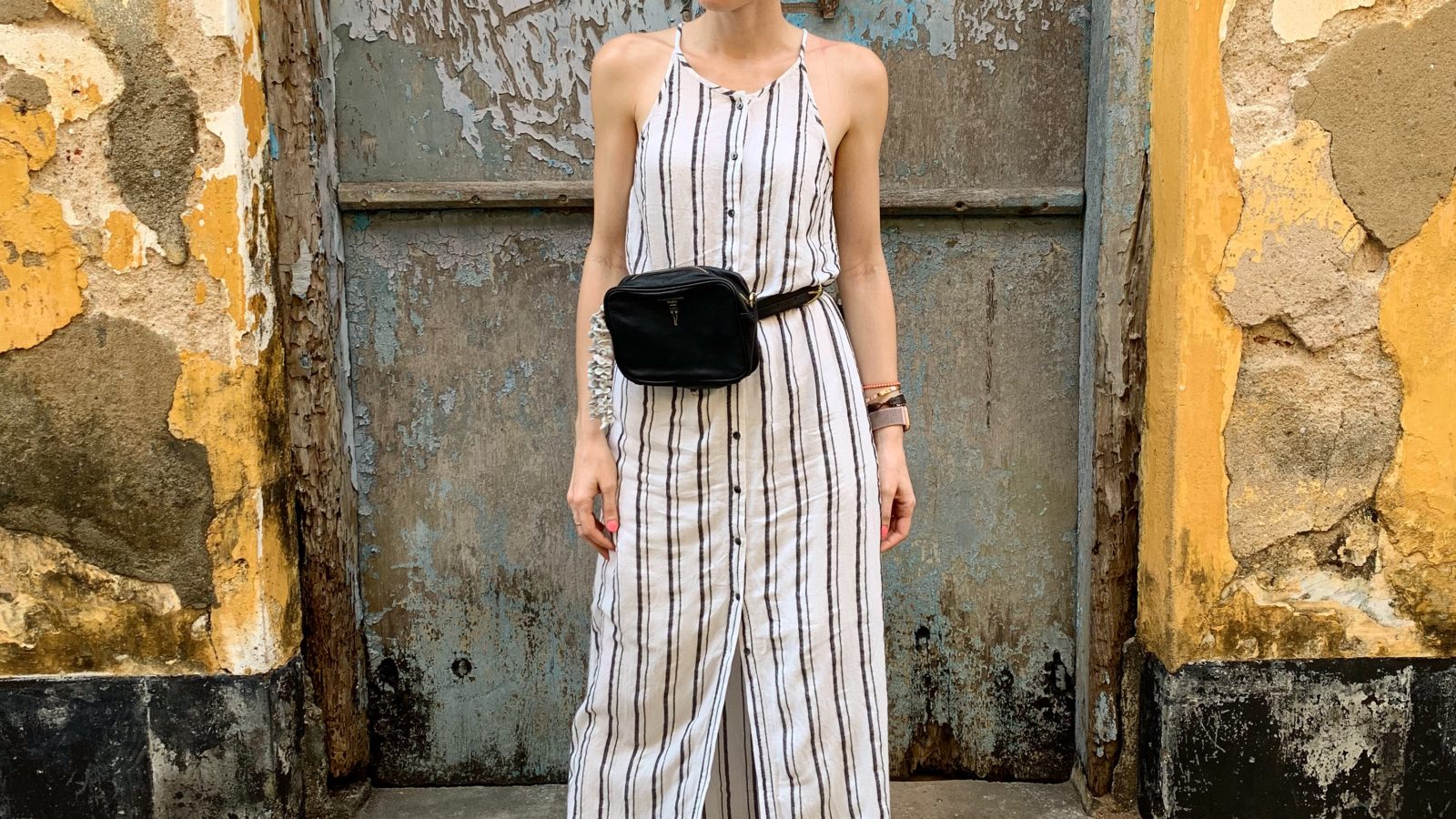When I started YouTube five years ago, things were very different. For starters, there were less than 10 people on YouTube in the whole country. I was also much older (as compared to how old creators are when they start YouTube today), which meant that I was more aware of what I stood for. Back then, what I created was a reflection of who I was, and so it still remains.
As the years went by, I strengthened my stand. For instance, I confidently and unequivocally refused to endorse skin lightening products; I decided to post a fray video on how women can control their finances because I believe in financial independence for women. Perhaps I wouldn’t see myself doing this five years ago, but I made these decisions as I grew—both personally and creatively.
Slowly, the internet changed, too. Today on the internet, you can easily buy likes, views, and comments. Any kind of engagement is available and up for grabs. A lot of people are going down that route and are using boosting mechanisms to push their content. Unfortunately, this is also being legitimised, which wasn’t the case earlier. The whole point of collaborating with a blogger or a creator on YouTube was that they came with a genuine following or a community of people who trusted them. That has changed. The whole system now is diluted.
While this is my full-time job, I have never based it solely on how many views I can get or how much money I can make every month. Likes, views and comments haven’t really affected me. I am conscious of the fact that they can be a constant source of unhappiness because there will always be more. There is no creator who’ll say, okay, this is all I want. Everyone would like more views, more followers, more likes, and more engagement.
We must remember that the whole point of YouTube was for independent creators to create content, but it’s the independent creators who have it the hardest today. When I do a brand shoot, it’s a lot easier for me to just show up, be me, do my job, and leave. But here, I script, shoot, edit all by myself. I am doing the production and the post-production for my videos. I am setting up the shoot, the lights, clearing up after the shoot, editing and uploading. When one sees a creator, one just sees that person on YouTube, but few people are aware of what goes on behind the scenes.
Therefore, it surprises me when people compare me with others creators and say that I should make a particular kind of video or edit like some other creator. The purpose of a democratic medium like YouTube was that each creator was unique and not a clone of the other—which we are slowly becoming.
What I present is different from someone else because it’s a reflection of who I am as a person. There’s a rawness and reality to it which I believe has renewed significance in the ‘perfect’ world we project on social media today.
In the run-up to the World Mental Health Day in October this year, I wanted to post something about mental health. But I had been travelling, was ill because of a chronic cough, and was feeling overworked and overwhelmed.
When I returned, I continued to feel stressed and at that point, I thought that instead of making another video about telling people what to do for mental health, I must take care of myself by taking a break. It was the best message I could give people: take a break if you feel you need it.
I announced that I would be taking 10 days off for World Mental Health Day and I would encourage more people to do that. In my mind, I was offering people a solution which felt right to me, but it backfired: I received a lot of flak on social media from some viewers. People called me lazy and inconsistent. I responded to as many comments as I could, clarifying that I’ve been ill for a month and that I owe my body a break.
As the culture of taking breaks takes root around the world, it’s still new in India. There might be more acceptance today but two or three years ago, no one took breaks. When creators go on breaks, some viewers accept it and some don’t.
Those who don’t, have a misconception that people who work on digital content, by virtue of not working in a full-time job, don’t work all the time. The truth is that even when I am travelling, I am travelling for work. It’s important to understand that it’s a job like any other, a job where you need to take breaks. As social media adds to people’s anxiety around the world, we cannot forget that what we see, what is filmed and put out, is a very small portion of a person’s actual life. It’s not the whole reality.
It is my belief that in the future, if digital media creators want to create content in the long run, and especially, if they want to be around for a while, they have to be open to taking breaks. Otherwise, I don’t think it is possible. Any individual would burn out. It’s only human.
YouTube creators or not, everyone should be accepted for taking a break.
More from Thrive Global India:
Sonam K Ahuja on #MeToo: We Shouldn’t Be Quiet Because We Fear Hurting Someone


